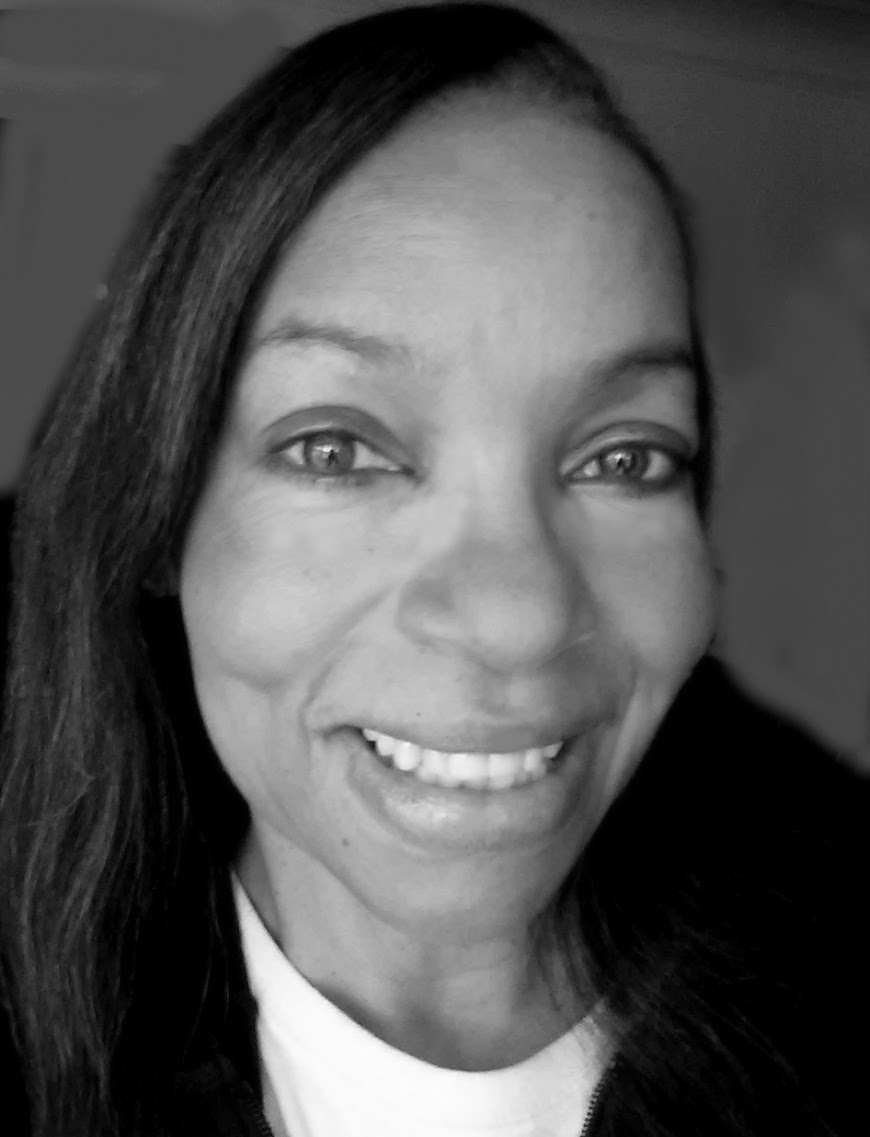 |
| Bobbie Smith Photo by Carolyn Smith Watts |
Bobbie Smith
Elementary School
The Long Beach Unified School District (LBUSD) board voted unanimously on Tuesday, September 2, 2014, to recognize the first African American LBUSD member, Bobbie Smith, by naming a school in her honor.
 |
Long Beach Unified School District |
Bobbie Smith
First African American
Long Beach Female
Elected to Public Office
Four-Term Board President
Long Beach Unified School District
Bobbie Smith received tenure after only two years and was with for twenty-two years.
 |
Long Beach City College |
First African American Long Beach City College LBCC Librarian
First African American LBCC Head Librarian
First African American LBCC Faculty Senate Member & President
Bobbie Smith was born in the Jim Crow Deep South--Mississippi--in 1932, during the midst of the Great Depression and the height of the Jim Crow era, when hooded mobs rode the countryside burning and lynching; and most little black girls could only look forward to becoming some one's maid. However, Bobbie Smith does not interpret her heritage as a misfortune, but instead calls it a blessing because it taught her so much about surviving impossible odds.
 |
Chicago Public Library |
"It (Mississippi) was very segregated," she said. "African American and white children attended separate schools. When I finished eighth grade (age 13), there was no high school in my Mississippi community. I went sixty miles away from home to finish high school."
During high school, she worked for room and board. After high school she was awarded a scholarship for college that didn't pay everything. So, there was more work to get through undergraduate studies.
Bobbie Smith said Mississippi was so segregated at that time that the State government paid African Americans to secure graduate and professional training outside the state. Taking advantage of this financial opportunity, she enrolled at Eureka College in Illinois, graduating in 1955, when she joined the ranks of other renown alumni who went on to become attorneys, doctors and President of the United States.
Some young scholars of civil rights history think racism only occurred in the American Deep South. What BREAKING THROUGH Lighting the Way indicates is that assumption is inaccurate. Racism did occur in the past and still does occur in the present wherever a person's race or ethnic background matters enough to change the way people treat the person. Each of the women in the project talked about her personal experiences with racism and discrimination in Southern California. Without being deterred from their goals, however, each woman in her own way acted with the same conviction as Rosa Parks when she ignited the Montgomery Bus Boycott.
When Smith and her husband arrived in Los Angeles, she said they were thinking, "What have we gotten ourselves into? Well," she paused, "looking back, things worked out pretty well."
"The night in 1965 when my husband and I drove into Los Angeles," Bobbie Smith said. "Was the night that Watts exploded into riots."
 |
| Watts Riots 1965 |
Bobbie Smith went on to earn a master's degree in library science from the University of Illinois at Champagne and got a job at the Chicago Public Library where she worked "in that cold weather."
 |
| Carolyn Smith Watts Historical Society of Long Beach |
Bobbie Smith is featured in BREAKING THROUGH Lighting the Way, a collection of historical profiles on African American women who made a noteworthy difference in the racial history of Long Beach, California. This collection, edited by Sunny Nash with the foreword by Carolyn Smith Watts and preface by Julie Bartolotto; was released in 2008 at the Historical Society of Long Beach. A documentary film of the work premiered at the Atrium Theater of the Long Beach Public Library, also in 2008.
BREAKING THROUGH Lighting the Way began with a series of photographs taken by Carolyn Smith Watts at Shoreline Village in Long Beach. One of Watts' photographs, selected for the Tuttle Cameras project and book, One Camera, was exhibited with the other images from the book at the Historical Society of Long Beach, and published on the cover of BREAKING THROUGH Lighting the Way.
"As I called each woman to invite her on Wednesday, September 24, 2007, to take a picture and have lunch Watts said. "Each seemed honored to be included. Then I called Sunny Nash, my friend and mentor. She brought her video camera. Every time Sunny and I talked (after that), a new idea was born and then another and another. Before we knew it, I had scheduled Sunny to do portraits and video interviews with the twelve women in their homes, and film twenty-five of their children and ten community leaders."
"As I called each woman to invite her on Wednesday, September 24, 2007, to take a picture and have lunch Watts said. "Each seemed honored to be included. Then I called Sunny Nash, my friend and mentor. She brought her video camera. Every time Sunny and I talked (after that), a new idea was born and then another and another. Before we knew it, I had scheduled Sunny to do portraits and video interviews with the twelve women in their homes, and film twenty-five of their children and ten community leaders."
BREAKING THROUGH Lighting the Way
"This is a project that I saw from the very start as being of great magnitude and influence," Nash said. "It didn't matter that it wasn't my idea. What matters is that Carolyn saw something important, acted upon it and included me."
Bobbie Smith Elementary School will be the new name for the former Peter H. Burnett Elementary School.
 |
| Bobbie Smith and Dale Clinton Thomas R. Cordova / Staff Photographer Press Telegram |
Bobbie Smith and her friend Dale Clinton attended the LBUSD board meeting when the announcement was made of the school's renaming. The board also honored Eunice Sato, the first female mayor of Long Beach, with a school named in her honor.
Community organizer and civil rights activist, Dale Clinton is another of the influential women published in BREAKING THROUGH Lighting the Way. Her correspondence with President Lyndon Johnson on his "War on Poverty" has been collected by the Library of Congress in Washington D.C.
 |
BREAKING THROUGH Lighting the Way
Profiles of African American
Women who made a difference to the history of Long Beach, California Edited by Sunny Nash Foreword by Carolyn Smith Watts (l-r, rear) Evelyn Knight, Patricia Lofland
Bobbie Smith, Alta Cooke, Carrie Bryant
(seated l-r) Autrilla Scott, Maycie Herrington
|
Sunny Nash and Carolyn Smith Watts are in the process of creating a major exhibition of the research and images gathered for BREAKING THROUGH Lighting the Way. The exhibition will include portraiture by Sunny Nash taken of the women during their interviews, historical photographic restorations from their personal photo albums, photographic reproductions of documents, artifacts, and a display of Carolyn Smith Watts' images from her Shoreline Village photo shoot.
"These women broke through racial and gender barriers and persevered to open up opportunities for those who came after them in education, social service, civil rights, public service, shipping industries and community building," said Julie Bartolotto, Executive Director of the Historical Society of Long Beach. "Their book documented the many significant histories that contribute to a more complete narrative of Long Beach's past."
Quoted in a Press Telegramn article by Nadra Nittle, the Superintendent of LBUSD, Chris Steinhauser, said Bobbie Smith is “a pillar of this community, a person who all kids in all walks of life can look up to, one they could grow up to be like."
Official Naming Ceremony for Bobbie Smith Elementary School Monday, December 8, 2014, 10:00 a.m.
 |
| ushistory.org home |
© 2014 BREAKING THROUGH Lighting the Way.
All Rights Reserved Worldwide.
www.breakingthroughlighttheway.blogspot.com
~Thank You~


























